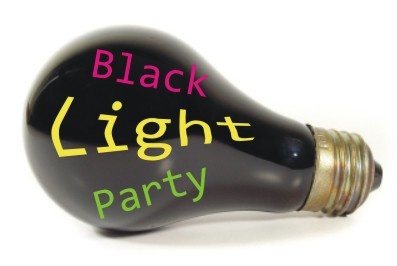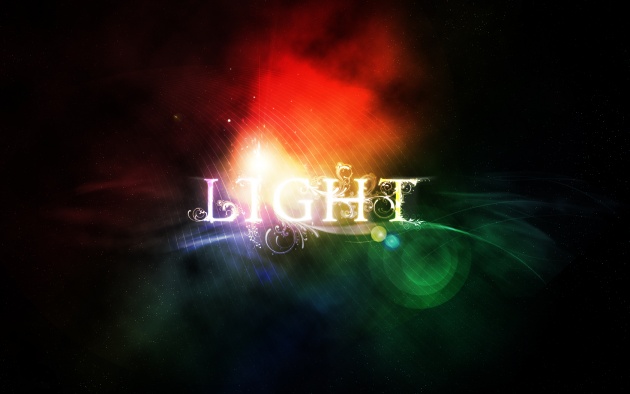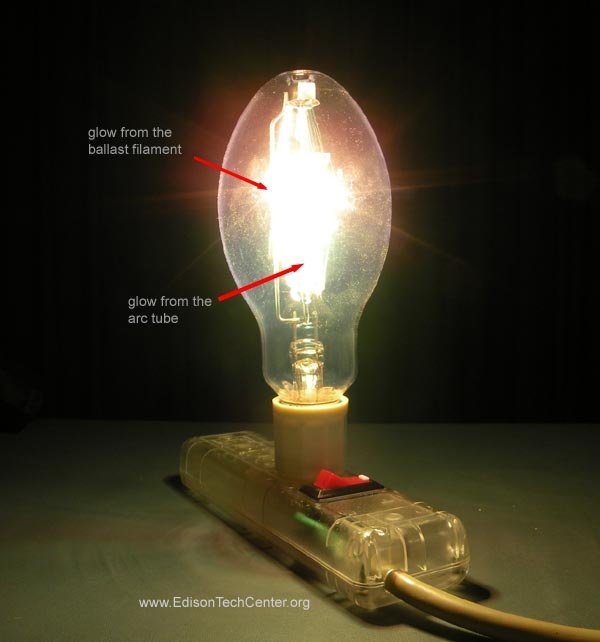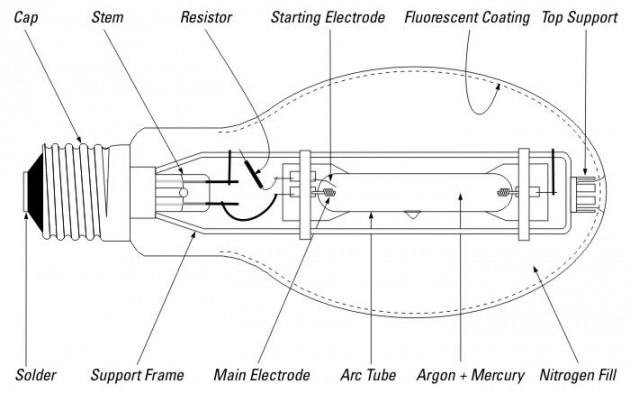
Light is a form of electromagnetic radiations which is due to the moving electric and magnetic fields. The visible light consists of such wave with frequencies 3x10power12 cycles per second and 8x10power12 cycles per second. Human eye can not respond to frequencies higher or lower to such frequencies other than by using some physical device. The black light source used as inspection media for florescent dry powders or wet medium consists of radiant energy of wavelength of approx 3650 angstrom. This wave length represents light just outside the visible range on the blue or violet side but far to be in chemically active or ultra violet range. Because of its lack of effect on human eye it is referred to as black light.

There are four sources of black light that are incandescent lamps, metallic or carbon arcs, tubular florescent bulbs and enclosed mercury vapors arc lamps. Because of insufficient output, instability or other reasons, neither the first two is practical for use. They are only use able in very few practical applications. This leaves only the mercury vapor lamps, and these are universally used.

Mercury vapor lamps are gaseous discharge devices in which an electric arc takes place in a very controlled atmosphere and emits light whose characteristics depend on the nature of that atmosphere. The construction of a typical mercury bulb is shown in below figure.




